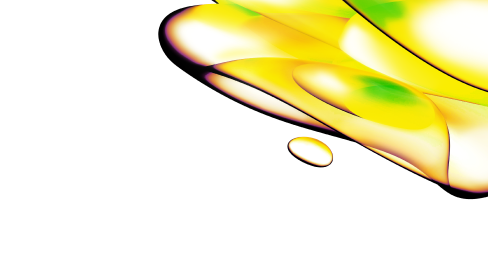Resource Center
Explore Resource Types
We have housed the technical documents (SDS, COAs, Manuals and more) in a dedicated section.
Explore all All Resources
Filters
Select resource types
Select products & services (2)
Select solutions
Active Filters (2)
Clear All
1 - 12 of 84 Results
Sort by:
Best Match
Busting high-content imaging myths
High-content imaging has become a cornerstone of life science research, providing valuable insights into cellular function and drug responses. However, as with any advanced technology, misconceptions and myths can emerge. In this article, we’ll debunk some of the most common myths surrounding high-content imaging, shedding light on its true strengths and limitations.
Deciphering the role of neutrophils in virus-induced respiratory disease
Preclinical imaging of neutrophilic response in viral infection with IVISense™ Neutrophil Elastase fluorescent probes.
Murine NASH model could provide insights into NASH development and progression
Researchers explore a multidisciplinary approach to addressing current NAFLD and NASH challenges.
In vivo imaging reagents
IVISbrite™ bioluminescent reagents and IVISense™ fluorescent probes, dyes, and labels optimized for in vivo imaging.
Cell labeling and tracking in vivo using IVISense NIR fluorescent dyes
Track mammalian cells including stem cells, T-cells, macrophages and more in vivo with IVISense™ (VivoTrack) fluorescent labeling dye
Establishing and utilizing a continuous infusion line for preclinical imaging studies.
The purpose of this protocol is to demonstrate how to maintain a continuous flow of contrast agents into the bloodstream to achieve a consistent concentration.
3D volumetric and zonal analysis of solid spheroids
Technical note describing how to image and analyze solid spheroids in 3D.
Label-free analysis of cardiomyocyte beating using the Opera Phenix Plus System
Learn how to reliable quantify cardiomyocyte beating frequency using the Opera Phenix Plus high-content screening system in this application note.
Clearing strategies for 3D spheroids
In this technical note, we compare optical clearing strategies for 3D spheroids and demonstrate how to increase imaging depth in 3D spheroids by a factor of 4.
Phenotypic analysis of CRISPR-Cas9 cell-cycle knockouts using cell painting
Learn about our harmonized workflow for morphological profiling of CRISPR-Cas9-mediated knockouts using cell painting in this Application Note.
Kinetic analysis of calcium flux activity in human iPSC-derived neurons using the Opera Phenix Plus system
Application note for fast kinetic imaging using HCS to visualize and evaluate spontaneous calcium flux activity in single human iPSC-derived neurons
Harness the power of 3D cell model imaging
In our guide, learn how to harness the power of 3D cell model imaging.


Looking for technical documents?
Find the technical documents you need, ASAP, in our easy-to-search library.




























